1 Comment
The early-spring sun is barely risen when the six Sisters of the Precious Blood monastery in Calgary make their way to their chapel for morning mass. As the day progresses, the sisters will gather in the chapel four more times to pray the Liturgy of the Hours, an official Prayer of the Church, which sanctifies the day with prayer. Each woman will also spend 30 minutes in private prayer and adoration before the Blessed Sacrament. They use those precious minutes to pray for the needs of the Church, especially the Roman Catholic Diocese of Calgary, and to ask God’s blessing on the world. They also devote that time alone to pray “for the people for whom we’ve promised to pray,” explains Sr. Margaret Nadeau. Many of those prayer requests are posted on the chapel door, a physical reminder that those who live in this cloistered religious community are purposefully devoted to the world from which they’ve chosen to live apart. 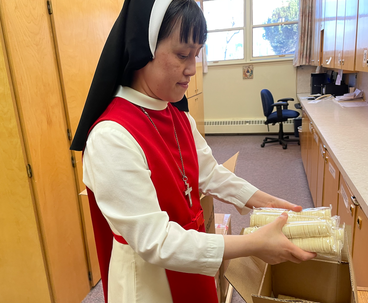 Altar breads Founded in Quebec in 1861, the Sisters of the Precious Blood was the first contemplative community established in Canada. In addition to the founding monastery in Saint-Hyacinthe, Quebec, the order has houses in Calgary, Regina, London and Hamilton, plus two monasteries in the United States and two in Japan. As well as praying for the people in the communities where they live, the Sisters of the Precious Blood monastery in Calgary plays a tangible role in supporting parishes across the diocese. While the Calgary convent stopped baking altar breads several decades ago, the sisters still receive regular truckloads of hosts baked in the order’s Hamilton house. Once in Calgary, the large cartons are unpacked into smaller boxes of hosts according to the needs of the parishes. Parishes typically pick up these smaller boxes from the monastery, which is located in Erlton, just south of downtown Calgary. Some boxes are also shipped to parishes in other dioceses. The pandemic disrupted this aspect of life in the monastery. While orders for hosts fell in the early weeks of the COVID-19 pandemic, a few parishes in Calgary also were over-supplied. With Calgary’s diocese supporting public health protocols, that extra supply more than sustained the parishes when offering regular masses with fewer parishioners became the norm. “One of the main sources of our income has been the sale and supply of hosts, but demand changed when the pandemic started. Orders are starting to pick up a little now and that’s good as our Hamilton house has hired lay staff and we want to keep them working,” says Sr. Nadeau. A native of Medicine Hat, she joined the Sisters of the Precious Blood 63 years ago this month. “For me, it was a way to embrace the total church in a life of prayer.” Month of the Holy Eucharist All Catholics are called to join that embrace in a special way during the month of April, which is dedicated to the Holy Eucharist. April was chosen because it typically includes Easter Sunday. (Even when Easter falls in March, the entire month of April is part of the Easter season.) The dedication to the Holy Eucharist is a daily commitment for the Sisters of the Precious Blood, whose charism focuses on adoration of the Blessed Sacrament. While some of the order’s houses across Canada could not have daily mass during the pandemic, that wasn’t the case in Calgary. In the early days, Bishop William McGrattan did restrict the list of visiting priests to two individuals. Over time, those restrictions were changed to allow more priests to say mass at the monastery. For now, visitors cannot participate in the holy hour celebration the monastery hosts every Thursday evening. The sisters understand, but miss sharing this special hour of prayers and singing with others in the faith community. “In some ways we’re probably one of the groups of people that has been least affected by the pandemic and for that, we’re grateful,” says Sr. Nadeau. “We live a cloistered life with or without the pandemic and life here goes on every day, with our life of prayer still the biggest thing for us. We just keep on every day, just like we did before.”
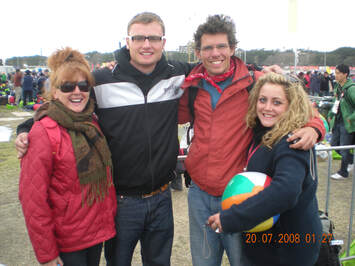 World Youth Day 2008 in Australia World Youth Day 2008 in Australia Growing up in Ireland my Catholic Faith was very prominent in every aspect of my life. I felt it was woven into the very fabric of who I was as a human being and couldn't imagine a Sunday without Mass; a meal without prayer; an evening without the rosary or an Easter without fasting for forty days prior. I loved my Catholic Faith, and I was surrounded by family and friends who thought alike. It was in my last year of High School at our year end retreat when the priest spoke about Jesus dying for our sins and clothing ourselves with the new self, that I had an epiphany. I realized, I had been living my life following the doctrines and obeying Church teachings without ever really experiencing what it was like to truly be living my Faith. I had never heard "Clothe yourself with the new self" or "The Spirit of God, who raised Jesus, from the dead, lives in you" and I was transfixed. I sought out reading material in the local Christian bookstore but found there were no Catholic books available as all Christian shops in Northern Ireland, at the time, were protestant. I read and listened to everything that was available. Billy Graham, Rev David Wilkerson, I joined a Charismatic group and a local prayer group, and I was on fire. I was only 17 years of age and everything in my life had suddenly changed. I was so alive, my life had meaning and I imagined that others would see me differently because I no longer was my old self. I felt that even my very heartbeat sounded different and with this new self everything was magnified in such a way that I could no longer recognize my old self. I had a taste of 'New life' and it seemed my world had changed forever. I thought I would stay in that place, the place where the sun was brighter, where the leaves were greener, and everything had such an intense zeal for God and Love and openness that I could not quite grasp. A year later, I had convinced myself that I needed to be a missionary. My parents received monthly magazines from 2 or 3 different missionary groups and it was through those magazines that I found The Frontier Apostolate in Prince George, BC and applied. Three times I went for an interview in Dublin and three times I was told that this was not to be my vocation. I was disappointed, greatly disappointed. I lost my new life, everything in me felt a little less and my zeal for 'Repenting from my sins and accepting Jesus Christ into my life' was somehow changed and I slipped back to my old ways. A couple of years later I married and we immigrated to Canada. He was 19 years of age and I was 20. Of course, by then I had resigned myself to the fact that I would not be joining the Missions. I had my new life; four children, a happy husband, a new business, and a good parish. I embraced it, and I loved it. I had it made and yet I still had that sinking feeling that there should be more and I never forgot the spirited priests at my high school retreat or the fiery Evangelists that moved me to change. It wasn't until I attended a three day silent retreat 20 years later that I once again gave my life to Christ. I remembered "The Spirit of God, who raised Jesus from the dead, lives in me" and I was called to immediate change. With the help of a spiritual director, a good confession and an unabandoned love for Christ, I was able to live the life I was supposed to live. I have tripped and fallen at times but always managed to get back up. I finally did get to go on missions; going to Mexico to help build houses for the Church, leading youth to two World Youth Days, and assisting with youth development in the Church. Blessings came from attending two Eucharistic Conferences, walking the Camino de Santiago twice in Spain, visiting the Holy Land, and walking in the steps of St Paul in Turkey. I was also able to meet the Holy Father in Rome. From all of this I found my mission. My mission is the very people who cross my path daily and how I extend Christ's love to them. With this mission in mind I feel that every day is my new life and I am grateful to the priest in Dublin who refused to accept my application to The Frontier Apostolate.
This year the slightly relaxed Covid-19 restrictions, afforded our family the opportunity to attend all Triduum Masses at St. Mary’s Cathedral. Since my husband Ben volunteered as cameraman for the cathedral livestream, the children and I gratefully attended the liturgies upstairs in the crying room, so we could experience the Triduum together as much as possible. Last year when churches were closed and no one could attend Mass during the Easter Triduum, our family was given the grace to see the pandemic as an opportunity to fortify our domestic church. What seemed like one-off makeshift solutions at the time have now become annual family Easter traditions. Our own celebrations began at home again on Holy Thursday by meditating on the Last Supper with the children using a miniature altar and figurines. This was inspired by my training as a children’s catechist with the Catechism of the Good Shepherd program. This lectio divina style meditation set the mood for my husband to prayerfully perform an in-house foot washing. And following this we sat down to eat a Seder-inspired dinner. What struck me was the word ‘slave’ interwoven throughout the Triduum. In my understanding a central theme of the Seder meal is reflecting on the significance of the Egyptian slaves finding freedom through the Exodus. 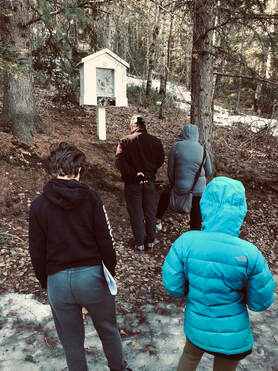 On Good Friday we continued our meditation by praying the Way of the Cross as a small family cohort at Mount St Francis retreat centre just outside of Cochrane. I allowed this life-changing truth that Jesus died on the Cross and rose again to free me from my slavery to sin and death to penetrate my heart. And on Holy Saturday we had a quiet day waiting in hopeful anticipation of the Resurrection that meets us on the other side of the Cross. The candlelit Vigil Mass is truly the climax of our liturgical year. I was awestruck by the magnificence and beauty of the words sung in the Exsultet. Again the reality of being set free from the slavery of my sin and death captured my imagination. Here’s an excerpt from the Exsultet This is the night that even now throughout the world, sets Christian believers apart from worldly vices and from the gloom of sin, leading them to grace and joining them to his holy ones. This is the night when Christ broke the prison-bars of death and rose victorious from the underworld. With my lenten pilgrimage concluded, I pondered in what ways God’s grace had worked in my life to set me free from the slavery of my sin. God loves you and me personally and unconditionally and the only thing standing in the way of His love is our own turning away from Him. And for those with eyes of faith to see that all circumstances: the good, the challenges, the everyday mundane, are all opportunities to grow in greater love of God and His Church. Happy Easter from our family to yours! And may the victory over sin and death carry on in our heart for the 50 days following Easter until Pentecost!
Like any charity or not-for-profit, the work of our Catholic parishes is borne as much by unpaid supporters as by paid staff. Indeed, the staffs’ role often includes recruiting and coordinating volunteers to help them. It takes many hands and minds to do God’s work. So many, that we can be unaware of how much is actually being done within our parish boundaries. As a step towards recognizing the impact of volunteers we would like to highlight a few individuals from around the diocese. We hope you will recognize yourself among these people or even be inspired to assist in a different capacity. Every volunteer is a star in their parish universe and we wish we could name and praise them all. Unfortunately our pages are limited, but our gratitude is boundless. Readers are welcome to identify the volunteers closest to their hearts by leaving a comment below.
Names are interesting. Though we don’t usually choose our own, they give insight into one’s background. My parents had chosen another name for me but hearing that my aunt and uncle wanted to use it for their expected child, Mom and Dad left it for their use. My female cousin ended up not needing the name they reserved, but I had already been born, and named after my dad. There was a period of years when my dad thought being called ‘junior’ by friends telephoning our number (back when whole families shared a single line) was too much for me to bear; he offered to have my name changed. My wife has commented that amongst the biggest decisions we made for our children was picking their names and their godparents. We have viewed both as consequential. At the beginning, we didn’t know we had naming rules. When I was growing up back in the old country (Saskatchewan), there was a family at my school who had five children, all of whose names began with the same letter. At the time this seemed a very strange thing to do – especially when the names they used were less than common. Not every family limits the choices they allow for this key mark of identity, something the individual will probably have for the rest of his life. But I suspect most do. Sometimes they are as simple as not giving a traditionally male name to a daughter. It could be more specific and involve a particular number of letters (this is the case for a family in our acquaintance). You’d think that especially as we hoped from the beginning to have a larger family, and as it turned out that we were going to specialize in daughters, that we wouldn’t make it even more difficult to find good names. We knew that we wanted our children to share their names with strong and virtuous individuals. The devotional practice of reverencing patron saints made this pretty standard for Catholics; our daughters are each named after a canonized saint, biblical woman, or esteemed member of the family. After naming our first three daughters, we discovered that we had created a further rule: we would not repeat initial letters for first names, nor could initial letters be vowels. These final two requisites don’t have substance in themselves, but the challenge of finding names that find all criteria somehow added to the experience for us. While our girls have not placed the same restrictions on themselves in regard to their Confirmation names, they have each selected worthy patrons and sponsors. Taking names seriously is part of not only our faith, but more deeply even, God’s own nature. The second commandment tells us that misuse of God’s name is an offence. There is something of consequence here that I’m not sure we pick up very well in the 2020s. Scripture also uses names to mark changes of life: Abram to Abraham, Sarai to Sarah, Jacob to Israel, with Saul to Paul being one of the biggest. Just like the number forty represents transformation: in the Sinai, on the Ark, and with Jesus in the desert. We have just finished journeying with Jesus (“God saves”) as we’ve walked through Lent. While we likely haven’t changed any names in this time, we may have examined who we truly are, as named children of the Father. Though we suffered for forty days, Easter is now a fifty-day celebration – where fasting and mourning are behind us. The promise of spring’s new life echoes the New Life we have been promised. And our celebration of this reality means something about how we live. That’s something I’ve been thinking about too …
In ‘The Idea of a University,’ John Henry Newman (now Saint) outlined his vision of a liberal education that spoke of the virtues and purpose of a university. Originally an Oxford man, his famed conflict at Oriel College where he argued with the Provost that a tutor needed more engagement with undergraduates, resulted in Newman being cast out of his beloved institution and turning instead to a life of research. It wasn’t until many years later that he was drawn back directly into the academy when he was invited to help found the Catholic University of Ireland in Dublin. And although there were too many obstacles for the university to succeed, it galvanized Newman’s love for and understanding of the unique gifts of Catholic education. Indeed, in his Letters and Diaries he is quoted as saying, ‘from the very first month of my Catholic existence … I wished for a Catholic University.’ Newman’s now famous treatise reminds us of the unique charter of a liberal arts, and of a Catholic, university: ‘the end of University Education,’ he tells us, is to provide ‘a comprehensive view of truth in all its branches, of the relations of science to science, of their mutual bearings, and their respective values.’ Newman recognizes that true education is about the ‘real cultivation of the mind’, one that ‘grasps what it perceives through the senses … which takes a view of things; which sees more than the senses convey.’ Newman was not advocating for a narrow definition of one area of study but for the importance of developing critical thinking skills, a well-rounded understanding of poets, historians, philosophers, mathematicians, theologians and more. It is this comprehensive field of understanding, embedded in an unshakable moral foundation, that would allow graduates to enter ‘with comparative ease into any subject of thought, and of taking up with aptitude any science or profession.’ This flexibility and transferability is often what our Catholic universities use to defend and define the liberal arts education that we provide. In response to the demand, at times from Government itself, that we should focus exclusively on the trades or jettison the arts writ large to focus on true vocational training for jobs, pundits like myself write impassioned articles debunking the false notion that our graduates fail to forge incredible careers. We cite extensive evidence of the impact that Arts graduates have at the top of Fortune 500 companies, heading top law firms, and more. And while this defensiveness is predictable if tedious, it is a reminder of the danger of contemporary society’s devaluation of the principles of a Catholic, liberal education. Beyond the public apologia, however, our Catholic institutions in Canada do more than defend against narrow pigeonholing. The true work of our institutions is to create holistic learning hubs, where intellectual culture is not chauvinistic but pluralistic by nature; where social capital isn’t defined by dollars but by public accountability; and acts of charity are not tax write-offs but imbedded in the very purpose of human understanding and behaviour. Yes, we want our students to have incredible careers, and they do — but we remind them always that they have a higher calling, which is to transform society for the better and to advocate for the common good. For John Cappucci, the Principal of Assumption University, ‘the greatest challenge facing Catholic higher education is demonstrating that attending a Catholic university or college is more than just learning about Catholicism. It is about linking Catholicism to the challenges of the daily work. For example, following the example of Pope Francis’ Laudado Si’. Peter Meehan, President at St. Jerome’s University, argues that ‘the journey to truth includes both faith and reason. Uniting the heart and the mind, faith and reason allow us to explore the questions facing humanity, from biological and business ethics, ecumenism, ageing, death and dying, to the ecology, globalization and issues of responsible citizenship and government. Confident in Christian truth without being proselytizing or triumphal, we see liberal arts education as underlying a deeper human need to grasp the world in all of its complexities.’ These values are timeless, but they are also relevant to our contemporary challenges. David Sylvester, President of the University of St. Michael’s College makes this point about the pandemic itself: ‘Catholic universities, because they are fundamentally oriented to building up the common good and their long-standing community partnerships, have been at the forefront of the COVID response and have been real pillars of hope not just for their students, staff and alumni, but for their neighbours. It really did expose the need for the work that Catholic universities undertake and the servant leadership our students and faculty provide.’ Catholic colleges and universities have also been at the heart of creating important ecumenical conversations, understanding that dialogue between faith communities is critical to an empowered and empathetic world. One of the challenges that Catholic postsecondary institutions often face is that they are assumed to be theological schools or exclusive enclaves. In fact, our institutions are open to all, and they revel in the conversation that they generate with different faith communities, and indeed with the wider world itself, secular or otherwise. In the end, our institutions focus on the life of the student, pushing for a holistic education: mind, body and spirit. It is not unusual for students to flourish in our environment when they have felt uncomfortable in the public institutions. Recently, at St. Mary’s University in Calgary, I was delighted to receive two letters from both a parent and a former student, thanking the institution for the foundational learning, and the comprehensive education, we provide. The reason for the correspondence: the student had just completed both an internship at the Indiana University School of Medicine and graduated from Seattle Pacific University with a PhD in Clinical Psychology, and then accepted a postdoctoral fellowship position with the Harvard School of Medicine and Boston Children’s Hospital, the top-ranked paediatric hospital in the U.S. For the father, our small Catholic university allowed his daughter ‘to develop academically, emotionally, personally and spiritually.’ He concluded, ‘As the Chinese proverb says, “When you drink water, think of its source.’” For his daughter, it was the pastoral and individualized experience that allowed a ‘soft-spoken’ and shy individual ‘to grow and gain courage to participate and ask questions.’ She concluded: ‘The path towards a Ph.D. truly takes a village, and I am privileged to have had you all as teachers and mentors.’ The twenty-two Catholic institutions represented by the Association of Catholic Colleges and Universities in Canada all look to this type of testimonial to encapsulate the goal and the values of our institutions. As Pope Francis has argued, Catholic education is called to build a humanism that ‘proposes a vision of society centred on the human person,’ and that draws on ‘the great testimonies of the saints and holy educators, whose example is a beacon’ that can illuminate our service, and that is dedicated to the ‘mission of offering horizons that are open to transcendence.’ That surely is the ‘end’ of Catholic higher education — and in that respect our work is just beginning.
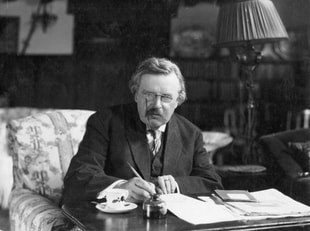 G. K. Chesterton G. K. Chesterton G.K. Chesterton was a British writer of vast influence in the early 20th century, penning plays, novels, poems, and hundreds of articles and essays. He employed humour, intelligence, and humility in defense of sanity, of Christianity, and particularly of his chosen faith: Catholicism, and his work remains in wide circulation today, in many languages, touching Catholics and other Christians around the world. His writing trains the mind, challenges our preconceptions, and brings many closer to Christ. St. Isidore Learning Center in Elk Island Catholic Schools, is a relatively new online school, and in some respects we were still looking for our particular charism when, in the fall of 2019, we started talking with some folks from the Society of Gilbert Keith Chesterton in the United States about their network of Chesterton Academies. The Chesterton Schools Network delivers a joyful, Catholic, classical curriculum through which students explore Literature and History, from the ancient to the modern, along with Theology, Philosophy, Latin, and the Fine Arts. A classical education, but in the Chesterton spirit: faithful, full of wonder and humour, without the stuffiness many would assume comes with such subjects. “Are any of your schools online?” we asked. The answer was no. “Would you be open to the possibility of working with a publicly funded Catholic, online school from Canada?” we wondered. Yes indeed! Conversations ensued and relationships grew, and in time we submitted a proposal, which was in essence a concordance of the two curricula, ultimately a way to deliver Alberta Education courses, meeting Alberta outcomes and requirements, but doing so in a Chestertonian manner that met all the knowledge outcomes and the sequenced approach employed by Chesterton Academies. That led us to this year. We launched as a school within a school, the Chesterton Academy of St. Isidore, with a cohort of over 60 students from across the province, a truly joyous and invigorating group of teenagers who are keen to learn and laugh together, studying online. We recently placed students in the traditional House system, a joyous occasion, in their Houses of Ambrose, Augustine, Athanasius, and Chrysostom. We’ve chosen Prefects, and started our first extracurricular club (a Philosophy club, and initiated by teenagers!) We’re already hearing from new parents, interested in next year. Alberta is a place of educational choice, and among Alberta schools one can find Sports Academies, Fine Arts Academies, Outdoor based education, Academic Excellence and Vocational training - all manner of programming. And now, in a public separate school, we have a classical Catholic school: a Chesterton Academy.
When I am asked to define what makes a Catholic school unique, aside from Religion classes, I often reply that it’s about the faith-based education, which is wholistic and permeates each subject, each class, each doorway, each heart. It’s a feeling. For years, I didn’t know how to explain the “feeling” to those who hadn’t experienced it for themselves. Then I returned to school and completed a degree in Journalism, and it was my new career that helped derive that explanation. As a community news reporter I have been invited into several schools in Okotoks and area, and though still intangible there is a different feel to walking inside the Catholic schools as opposed to the public. There is warmth; one can sense the presence of God in the smiles that greet them, in the crosses and images that mark the entrance to the school. This is not to say public schools are cold and unfeeling places, but the faith, the gifts of Jesus and the Holy Spirit in the halls of a Catholic school are palpable. Perhaps nothing spoke to me more than Christmas concert season, during which reporters take in concerts from each school over the course of three weeks. I noted a marked difference in the calm, the reverence and respect in the air of Advent celebrations – whether in church sanctuaries or school gyms – as opposed to the hectic, often chaotic public productions that focused more on snow and gifts than the birth of Jesus. In those moments, in the peace I feel as I enter a Catholic school, I am grateful for the education I received in these same halls years ago. I am grateful for the opportunity to have my children grace the same schools, feel that same embrace of faith in their education journey, know that God is ever-present, and learn to treat one another as the images of the Lord we are. The values they espouse, the empathy they have gained, and the ability to see God’s work in every day life are treasures I hope they cherish throughout their lives. Some still do not understand what I mean when I describe the feeling of walking into a Catholic school – of the warmth that overwhelms the senses; of appreciating you have entered a house of faith and pure, real joy; of knowing your children are in safely in God’s hands as their teachers guide them, as they learn and shape their life view and growing minds. But I understand, and my children understand – and we will be forever grateful for the opportunity to benefit from a Catholic education.
The sanctifying power of this night dispels wickedness, washes faults away, restores innocence to the fallen and joy to mourners; drives out hatred, fosters concord and brings down the mighty. These time honoured words of the ancient hymn we call “The Exsultet” summarize beautifully and powerfully the immensity of what happens on the night of the Solemn Vigil of Easter. When the floodgates of grace which we call baptism are opened up that night in Christ’s Church each year, the world is changed over and over again. The Easter Vigil this year was doubly meaningful for the faithful and our Elect throughout the Diocese. Who will ever forget the Sacred Triduum of 2020, passed much like the first Passover of the Jews, hiding in our homes as the shadow of death passed over the land? The only Easter Vigils celebrated last year were virtual or non-existent. What joy, then, this year for the maximum capacity allowed in our churches to be gathered in person to usher in the celebration of our Lord’s Resurrection. The triumph of that earth-shattering event is always manifested so clearly by the baptism of adults into the Mystical Body of Christ, His Church. Everything listed in that quote with which I began this article is accomplished by the pouring of those sacred waters. I referred to this Triduum as doubly meaningful, but not only because last year we never had one and this year we did; in fact, it was a “first Triduum” for two classes of our RCIA participants. Last year, there was a group of RCIA candidates and catechumens prepared to receive their sacraments at Easter but which had to be postponed until the summer. It was such a joy to see many of them seated in the congregation- still Catholic infants themselves- welcoming a whole new batch of Christians into the family. O truly blessed night! Perhaps I should have referred to this year’s Easter Vigil as triply blessed, for it was not only two years of RCIA cohorts being received and watching it unfold for the first time but it was a different ‘first time’ for a sizeable portion of those in attendance at St. Mary’s Cathedral. Not necessarily the first time to be part of the Vigil and Triduum, but the first time for the St. Francis Xavier Chaplaincy (SFXC) community to be celebrating it there, and with our chief shepherd, no less! It was a powerful witness for us all- chaplaincy participants and chaplain alike- to take part in the Triduum in our mother church around our Bishop. It was a helpful reminder of the role of a Vicar- he who stands in the place of the Bishop who desires to be present but cannot be- that sometimes, the Vicar can be where he belongs: at the service of the Bishop who fulfills his mission as Christ in our midst. My day to day life is spent serving the university students and young adults of the Chaplaincy community and not a few of them remarked to me afterwards how moving it was for them to watch Fr. Cristino step aside from his usual role in leadership as Bishop McGrattan stepped up to lead the flock entrusted to his care in prayer and worship while also conferring the sacraments of initiation. SFXC’s new home never felt more like home than in the presence of the head of our household. It was a beautiful demonstration of what it means to be the Church, what it means for the Church to grow and what Christ’s Resurrection from the dead has truly made possible. It was an honour and a joy for the SFXC to welcome seven new sheep into the flock, and all the more by our shepherd himself. O truly blessed night!
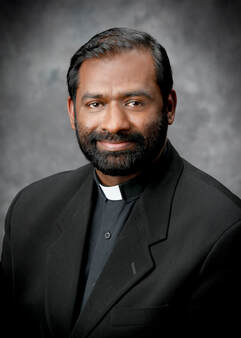 I am Fr. Tomy Manjaly, the youngest in a family of seven children. I have five brothers and one sister. My sister is a nun who has been ministering to the seniors and the mentally challenged people in Bethlehem, Israel for the past 31 years. I was born and brought up in the province of Kerala, South India. Both of my parents have passed away; may they attain eternal life. When I was in grade three, I was taught by a nun who asked me what I wanted to do when I grew up. I said that I wanted to be a priest, and she asked me to read aloud, to test me on whether I would be qualified for the priesthood. That was the first seed of a vocation planted in me. After grade ten, I joined the minor seminary, with a view to becoming a priest, for the Diocese of Imphal, Manipur, one of the northeastern states in India. I was a part of the first group of seminarians selected for that Diocese. I have had the grace to be blessed by St. Mother Teresa of Calcutta. I met St. Teresa before my ordination, when I was studying theology in Calcutta. I was ordained at the age of 30 on April 9, 1994. I served for seven years in Manipur as an Associate Parish Priest, Pastor and school administrator of a school with 2,300 students. On February 2, 2001, the most tragic and miraculous incident of my life took place. I was shot by a rebel group which was fighting against the Indian army for the separation of Manipur from the Indian federation. They demanded money from our churches to buy weapons. First of all, we hardly had enough money to pay our teachers. Secondly, the money was being demanded to purchase weapons to fight and kill others, which was against our Christian principles. When the churches denied them money, the rebels shot and killed five priests over a series of days and I was shot in the back on February 2, 2001. The bullet passed through my stomach, severely injuring an artery, my kidneys, colon and intestines. As I fell on the ground after the first shot, I called out the mighty name of Lord Jesus, and God come to my aid. I cried aloud twice, “Jesus, save me!” and the second shot didn’t go through me, for the gun the rebel was using, jammed. That is when the first miracle took place. I was declared dead according to the TV news and my parents in South India watched the report in horror and sorrow. I was taken to a private Catholic hospital by some of the people and the Associate Priest who had witnessed the incident. The hospital didn’t have enough money to pay the doctors and didn’t usually have a surgeon. But, it happened that on that day, there was a surgeon who had been hired for a two-week term. The table was set for another surgery, and I was blessed to be operated on immediately. The surgery was another miracle. Since my artery was torn, I was in need of a lot of blood. Twenty one units of blood were given to me by the people who gathered there, after hearing the news of the gun shot. Another miracle then took place. There was no blood bank nearby, but seven more doctors came to my aid from the other hospitals to give blood. After ten hours of surgery, and two days’ recovery I was able to breathe on my own. I had to have two more surgeries over the following two years, and it was during this time that I was called by Bishop Henry to serve in the Roman Catholic Diocese of Calgary. I thank God for bringing me to this beautiful and peaceful land of Canada. “For I know the plans I have for you,” declares the Lord, “plans to prosper you and not to harm you, plans to give you hope and a future.” Jeremiah 29:11 I arrived in Calgary on September 19, 2003. Since then I have served as an Associate Priest at St. Mark’s Church and Sacred Heart Church in Calgary, and at St. Patrick’s Church in Medicine Hat. I have also served as the Pastor in Coaldale and Picture Butte parishes, as well as St. John the Evangelist Catholic Church in Calgary, Holy Trinity Church in Cluny, and St. Patrick’s Church in Medicine Hat. I thank God for giving me another opportunity to serve Him and the people of God at Sacred Heart Church in Strathmore, starting in August 2020. I greatly appreciate all of my parishioners, volunteers, friends, deacons and the office staff of our parish, who have made me feel welcome. Although we do not have a church building, we are grateful to Christ the Redeemer School Division for providing us a space for our worship. Please pray and help us build our beautiful church, dedicated to Our Lord's Sacred Heart, where we will have more space for worship and gathering. May God bless you all, and may He guide your endeavours in building the Body of Christ and the Church. May St. John Paul II intercede for us.
The climate crisis has a very human face. It is already a reality for multitudes of vulnerable people worldwide. Climate warming of merely 1.5°C would cause global sea levels to rise by 0.77 metres by 2100, threatening cities and crop and pasture land around the world. Projections based on current data predict a global temperature increase of 3-4°C by 2100. The Migrants and Refugees Section of the Dicastery for Promoting Integral Human Development has recently published and presented at a press conference on Wednesday, 31 March 2021, the resource document entitled, Pastoral Orientations on Climate Displaced People. The resource highlights the new challenges posed by climate disruption and displacement and suggests pastoral responses to the global situation and crisis. The document can be downloaded, in various languages and formats, from the newly created webpage dedicated to climate displaced people, on the Migrants and Refugees Section’s website: https://migrants-refugees.va/climate-displaced-people/
Keywords: global warming, climate change, Laudato Si,
|
Author
Catholic Pastoral Centre Staff and Guest Writers Archives
July 2024
Categories
All
|
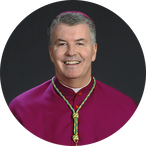
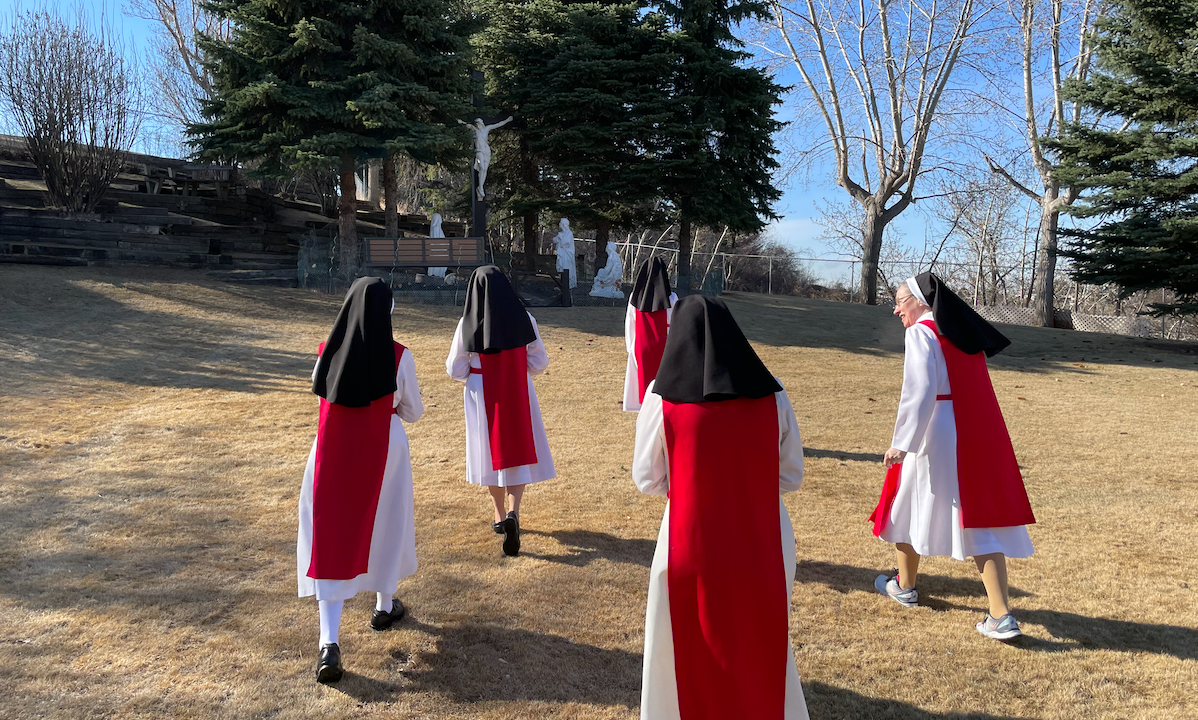
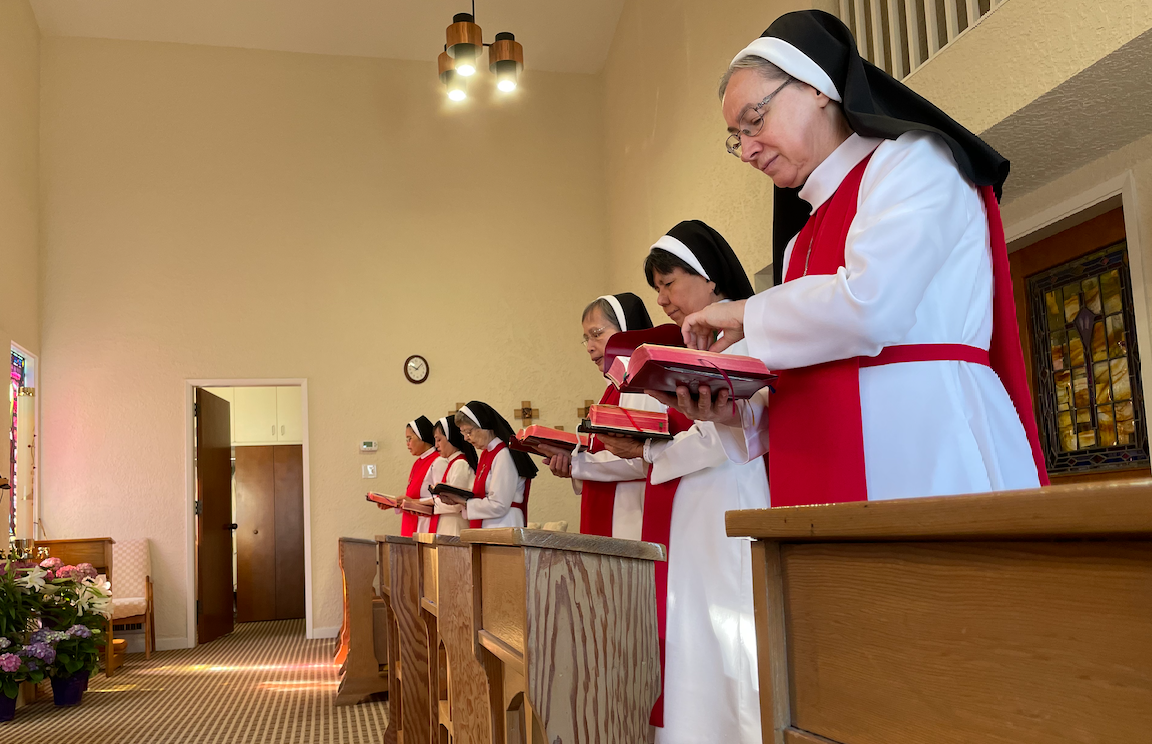
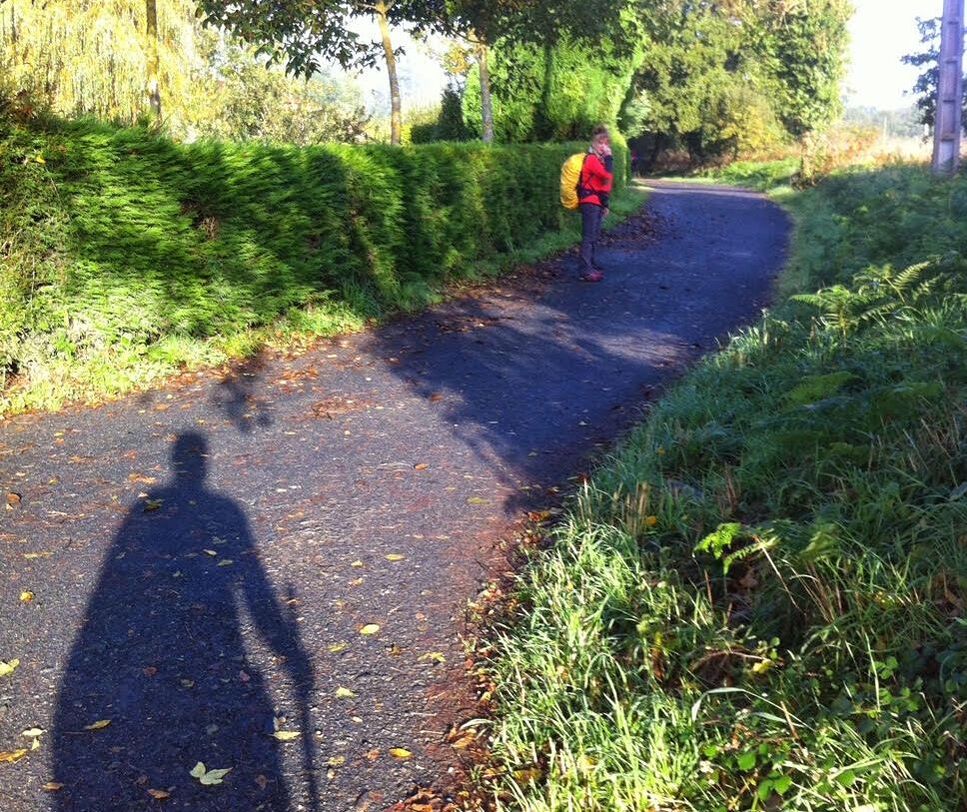
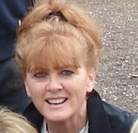
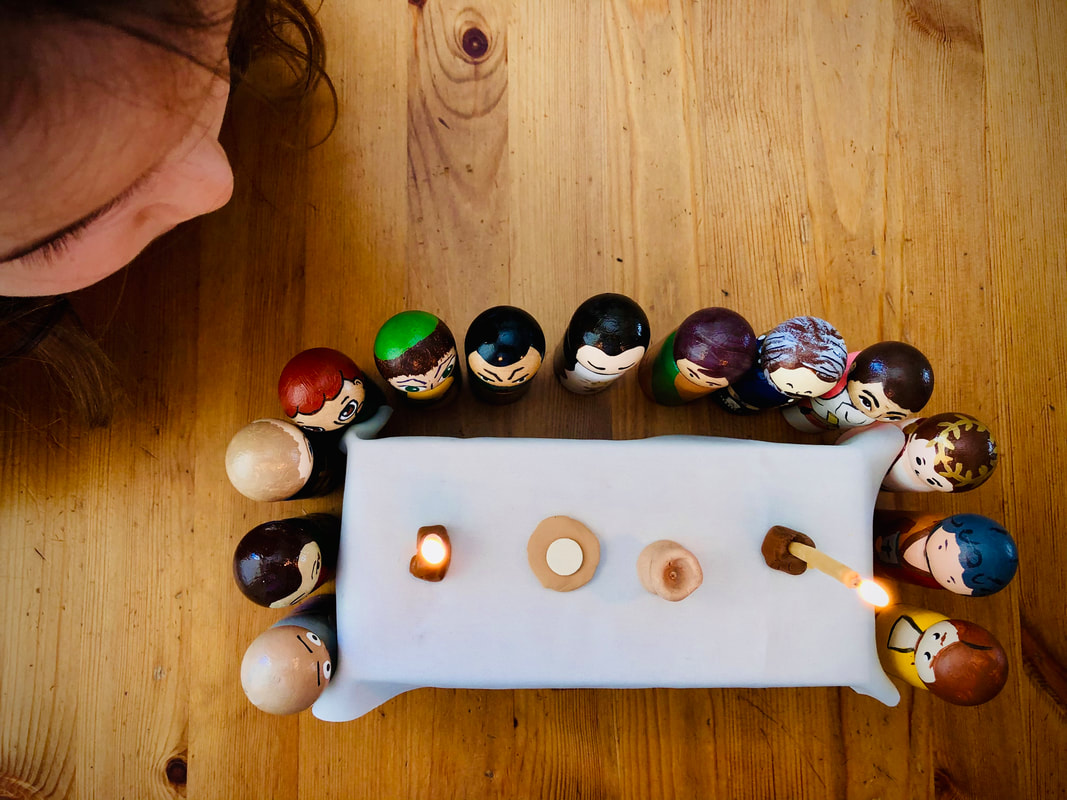
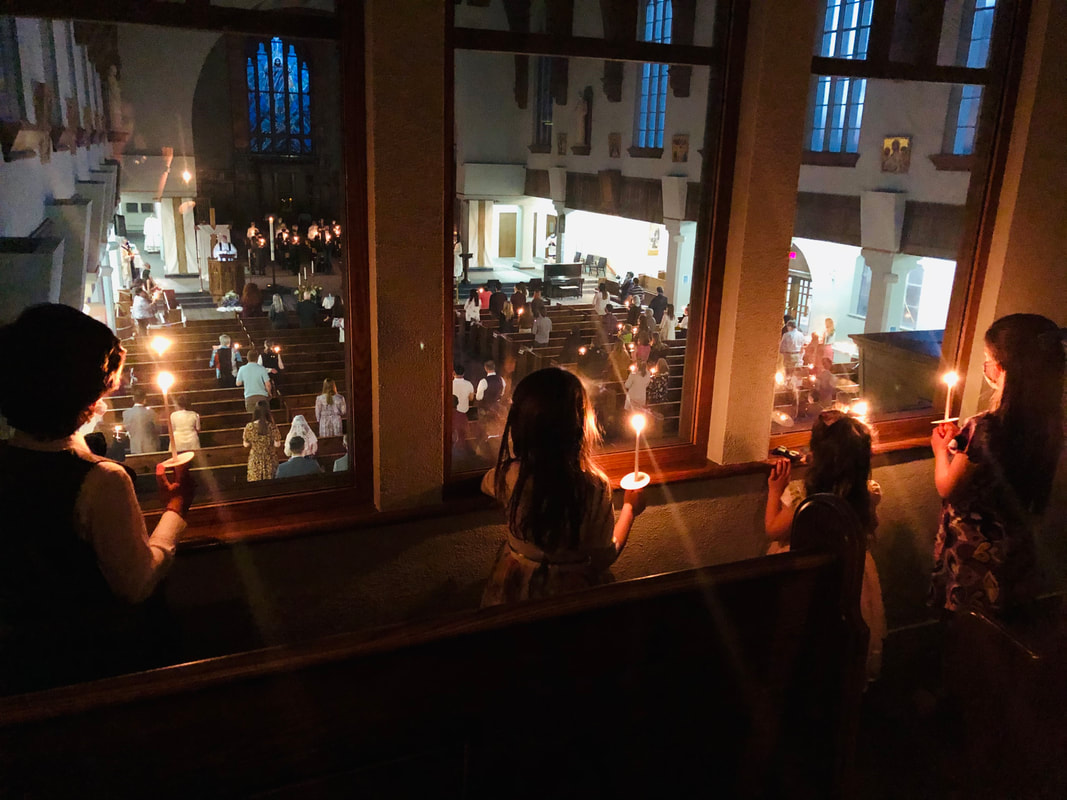
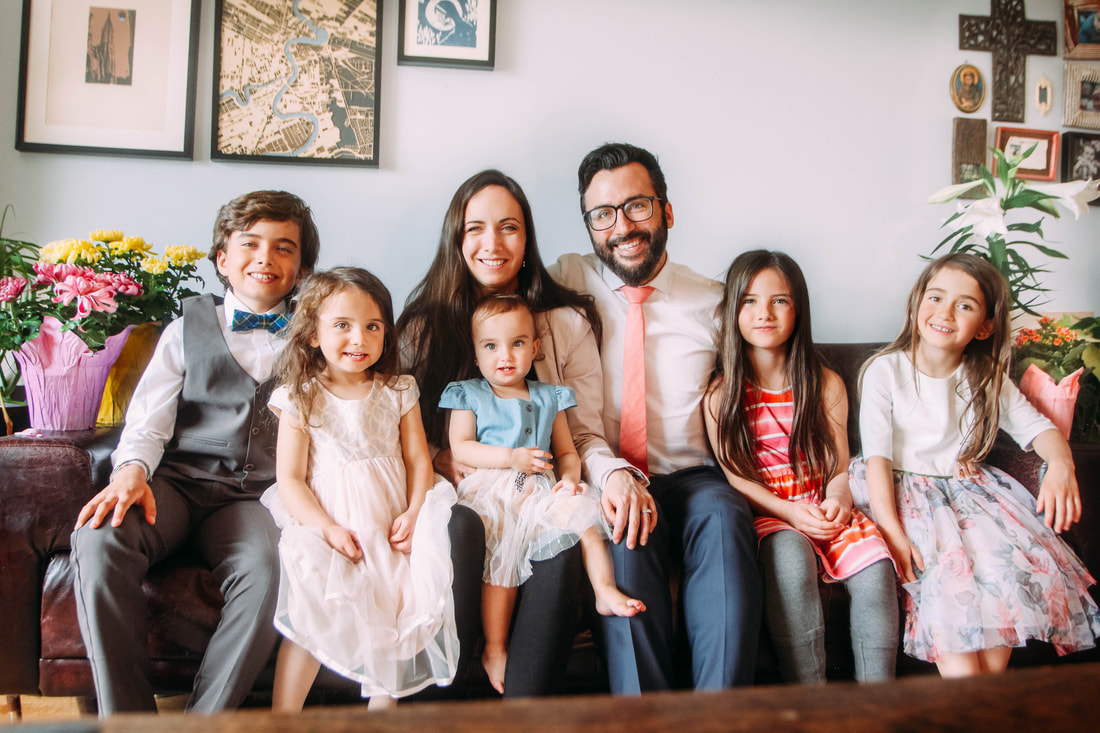
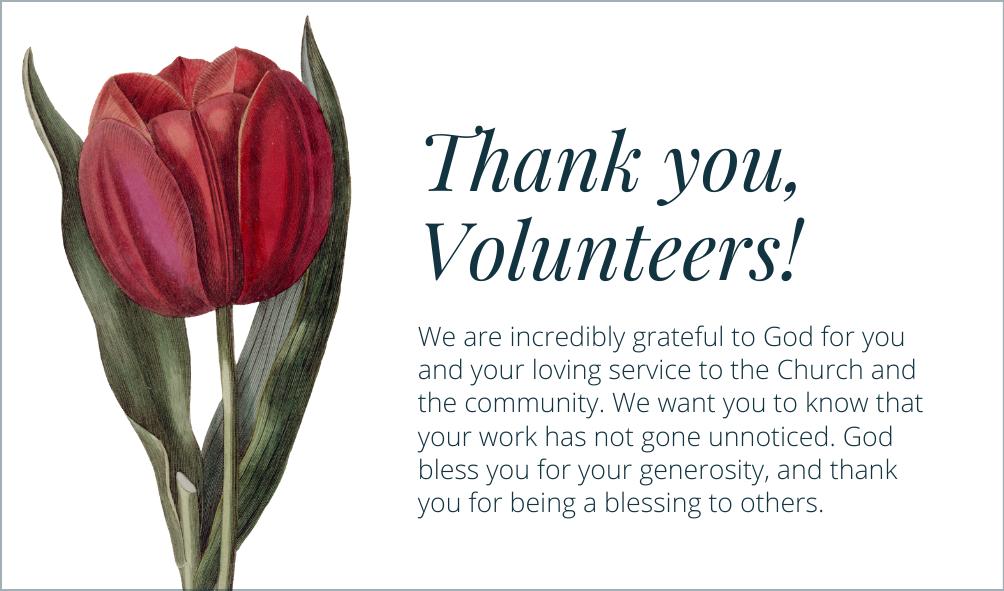
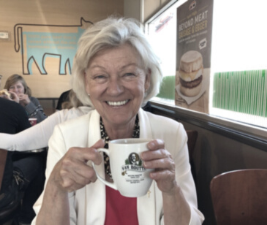
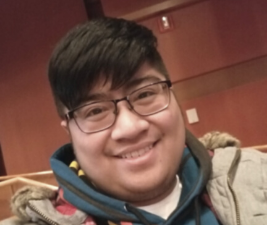
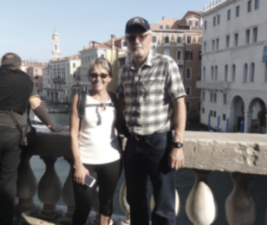
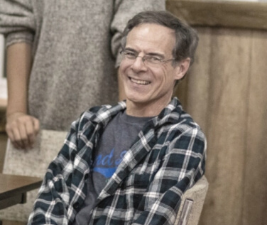
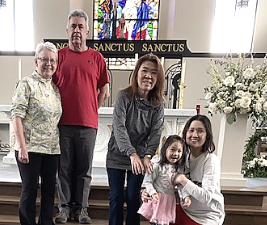
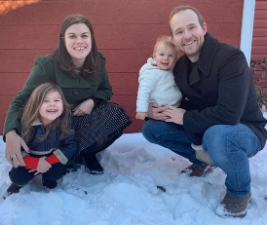
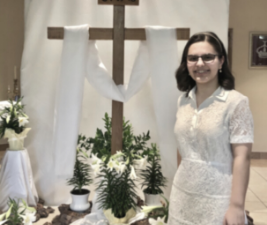
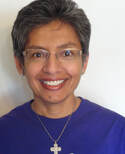

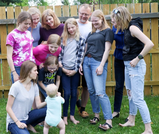
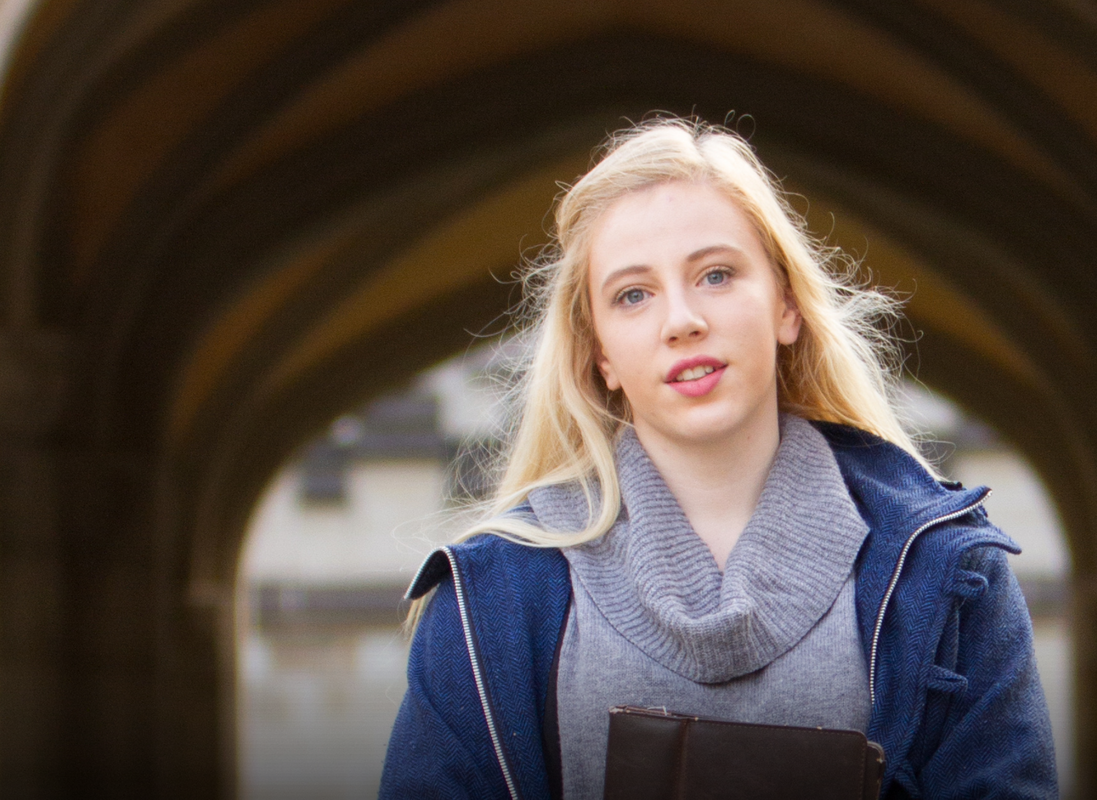

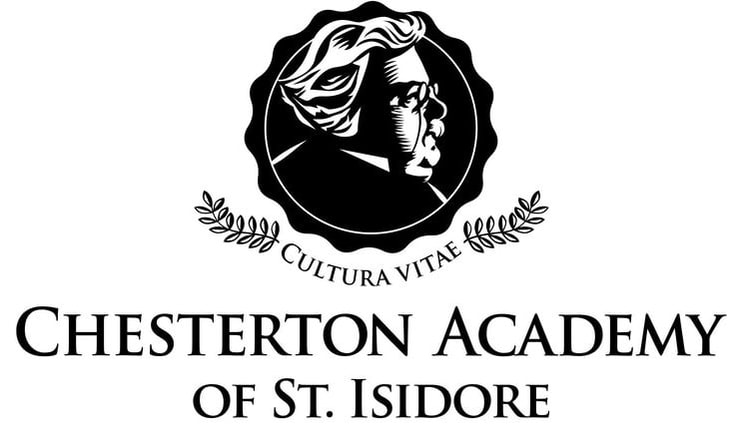

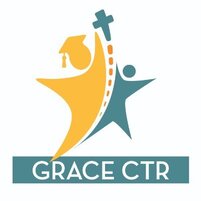
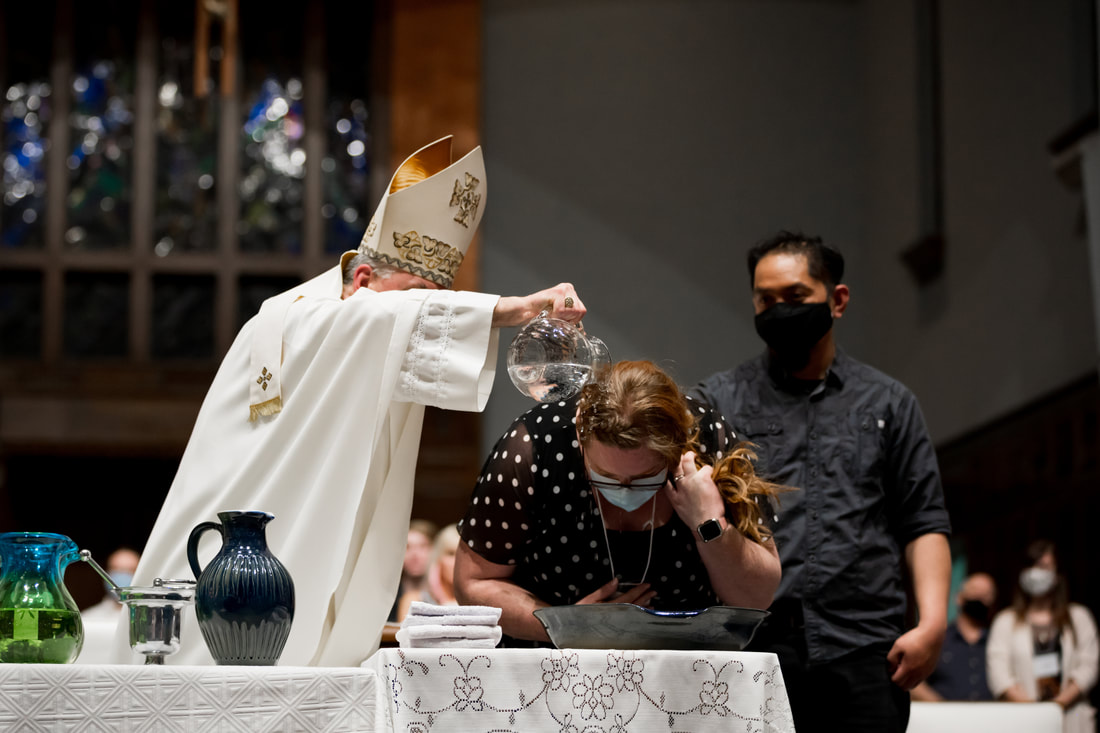
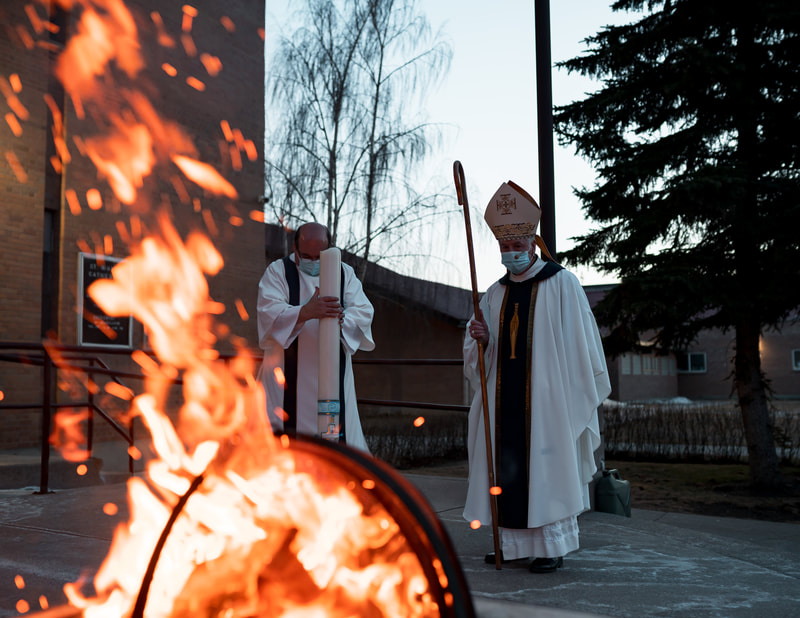
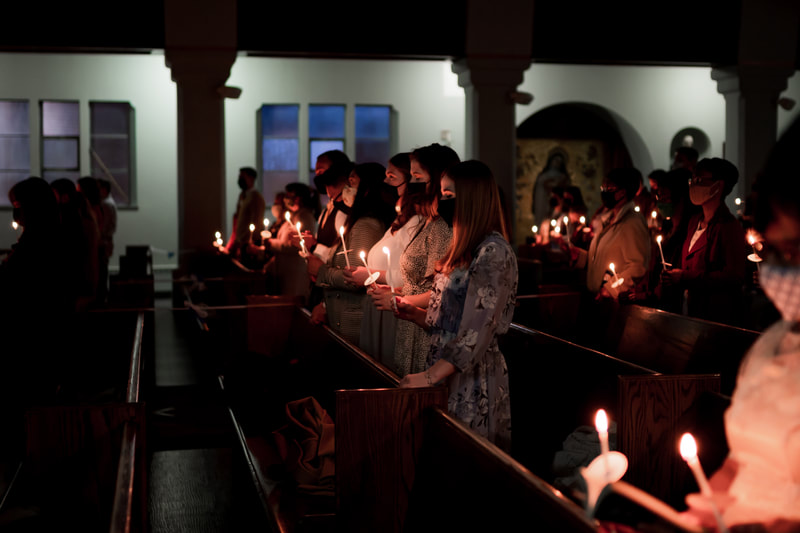
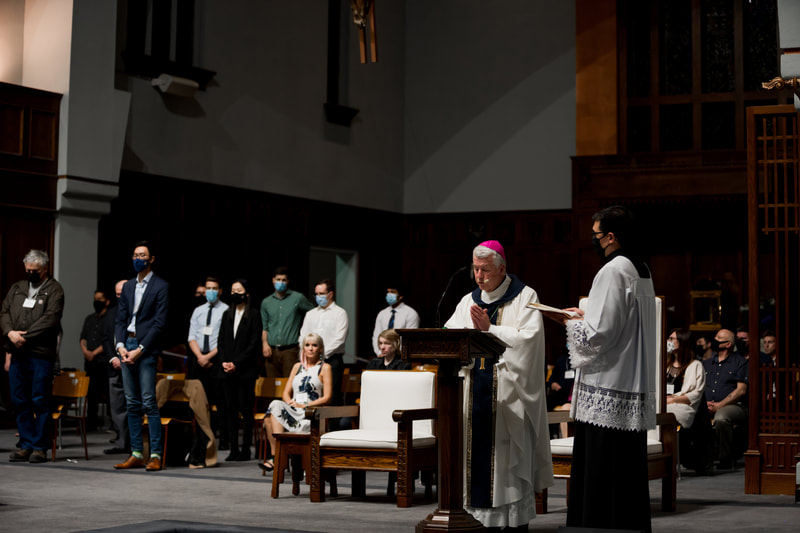
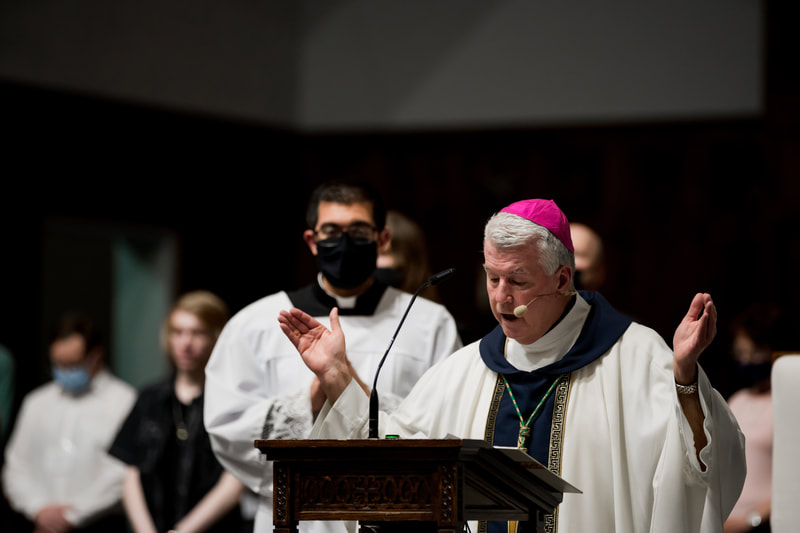
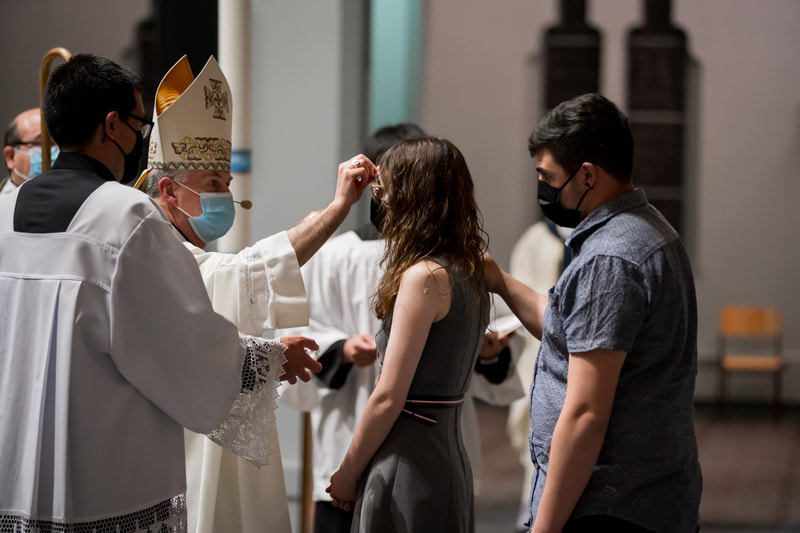
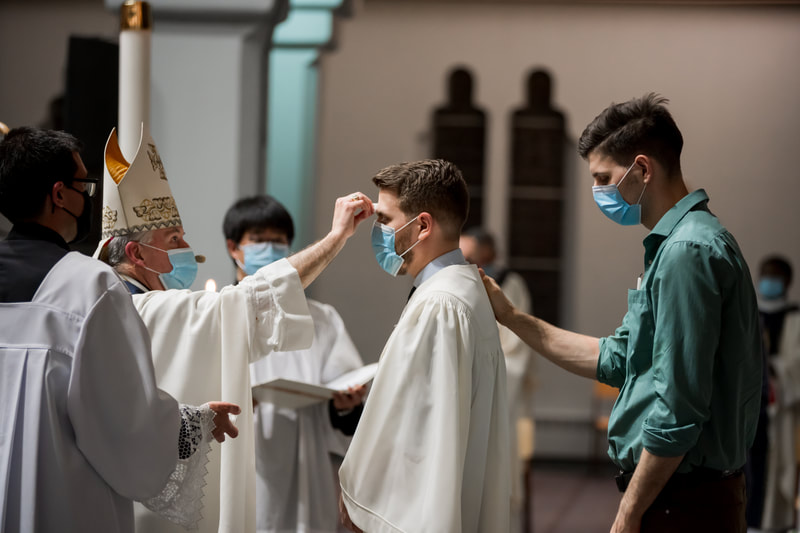
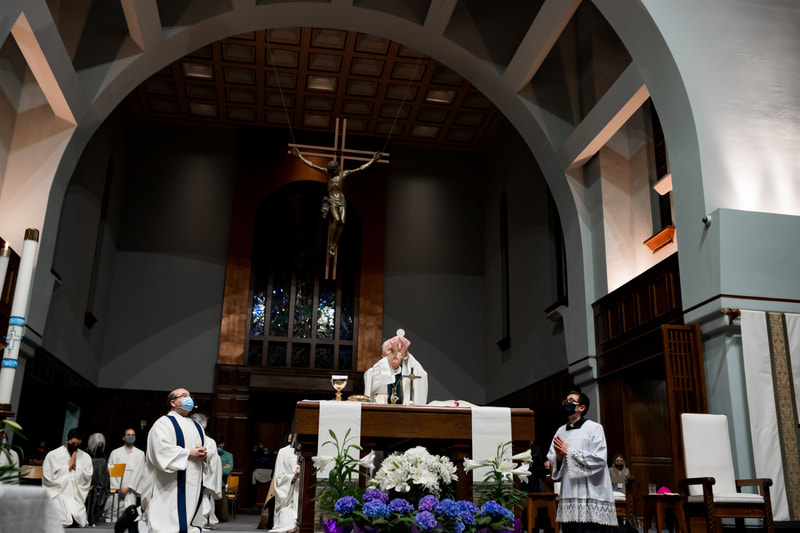
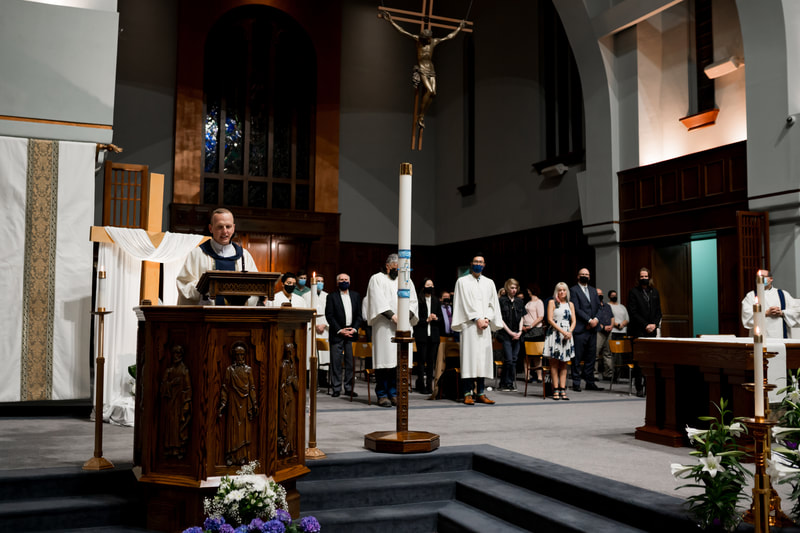
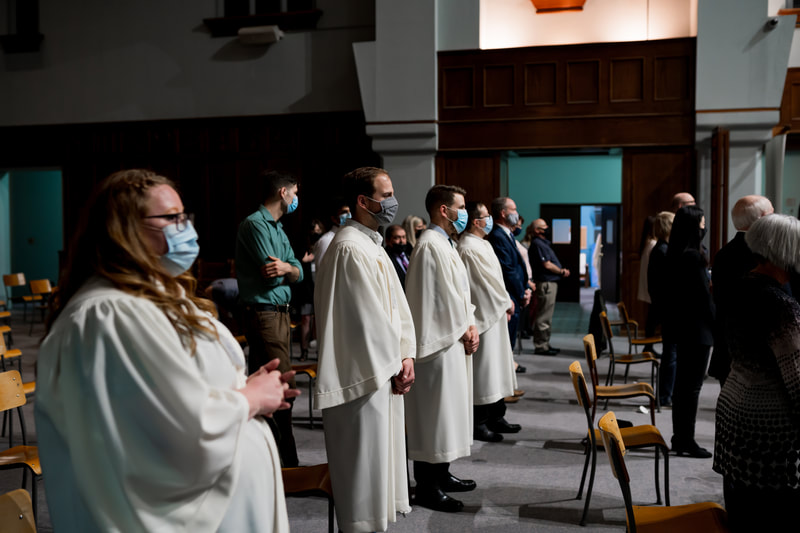
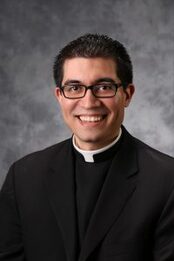
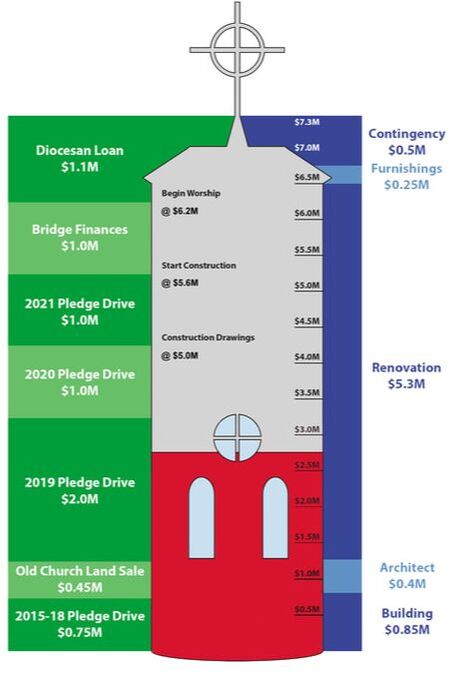
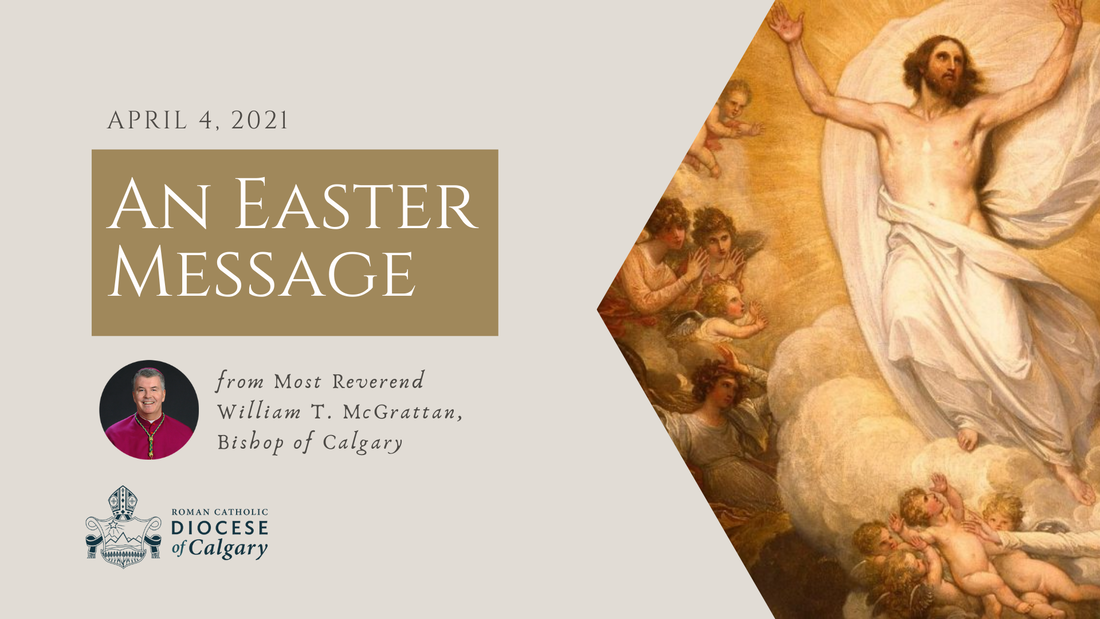
 RSS Feed
RSS Feed